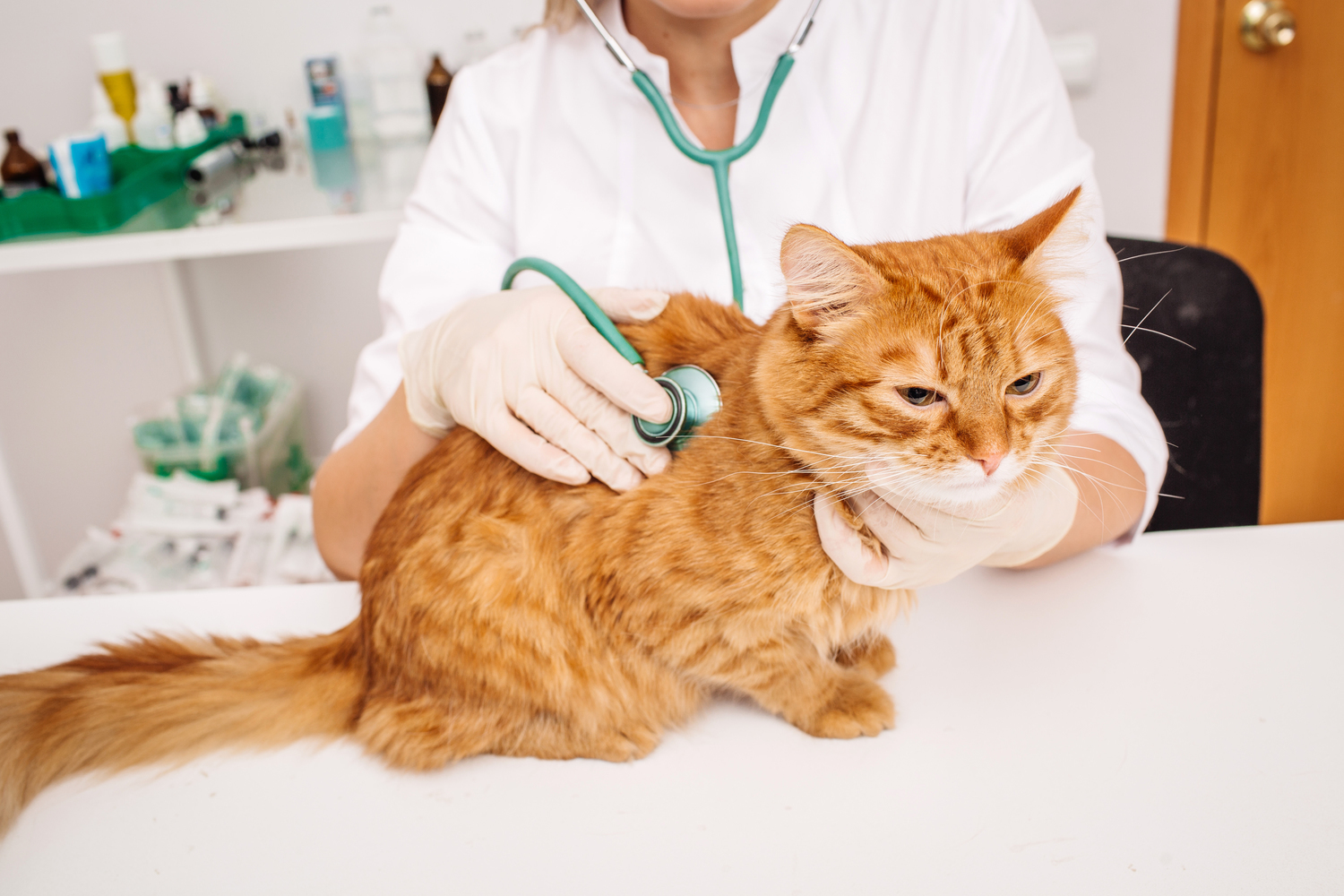
Feline Diabetes: Causes and Symptoms
Just like their owners, diabetes in cats is on the rise. More and more cats have become obese and their human caretakers are taking steps to keep their feline friends healthy. Feline diabetes is a disease wherein your cat cannot produce sufficient insulin that regulates blood sugar levels. It causes an increase in blood sugar that leads to a number of health problems. It is important to provide treatment on time to prevent serious complications.
The causes and symptoms of feline diabetes include the following:
1. Diabetes in cats
Just like in humans, the pancreas of a cat produces insulin that helps convert glucose to energy. If your cat has feline diabetes, then it would be deficient in insulin. As a result, it cannot breakdown glucose, leading to increased blood sugar levels. This condition poses serious health risks.
There are two types of diabetes. Type I is where the body cannot produce any insulin, this is rare in cats. The most common form of diabetes in cats is Type II, where insulin is produced, but not in sufficient quantities.
In either case, treatment needs to be given to prevent problems.
2. Causes
One of the factors causing diabetes in cats is obesity. Also, other conditions like pancreatitis and hormonal disorders can affect the functioning of the pancreas. It, in turn, leads to problems in the production of insulin, causing increased blood sugar levels.
Sometimes medication given to cats for other problems, especially steroids, can lead to diabetes. It has been found that male cats are at a higher risk for diabetes than females. Some breeds like Burmese are more at risk.
3. Signs and symptoms
Some of the signs and symptoms of diabetes in cats can include the following:
- Excessive thirst
It is one of the most common symptoms of diabetes. If your pet is finishing the water kept in its bowl, it is something you need to watch out for. - Increased urination
Diabetes leads to an increase in urination. If your cat starts urinating outside the litter box, it could be a sign of diabetes. - Weight loss
Your cat may start losing weight as the body starts using muscle mass to make up for the shortage of glucose. - Weakness
Weakness and fatigue cause your cat to spend most of the time sleeping. Diabetes can also cause neurological problems, leading to difficulty in walking. - Problems with appetite
Sometimes, your cat has a poor appetite. The other times, it gobbles up everything and demands more. It is because of the varying blood glucose levels in the body. - Vomiting
Feline diabetes makes the fat cells break down, releasing many waste products. When the cat is not able to naturally eliminate this waste, they become toxic, and vomiting occurs as the body tries to get rid of these toxins. - Loss of vitality
Feline diabetes makes your cat dull. It is prone to frequent infections, and even its skin can get affected, causing it to lose its luster.
The causes of feline diabetes and symptoms listed out in this article are useful for cat owners. You can use this article as a guide for finding out if your cat has diabetes, so it can be treated on time.



